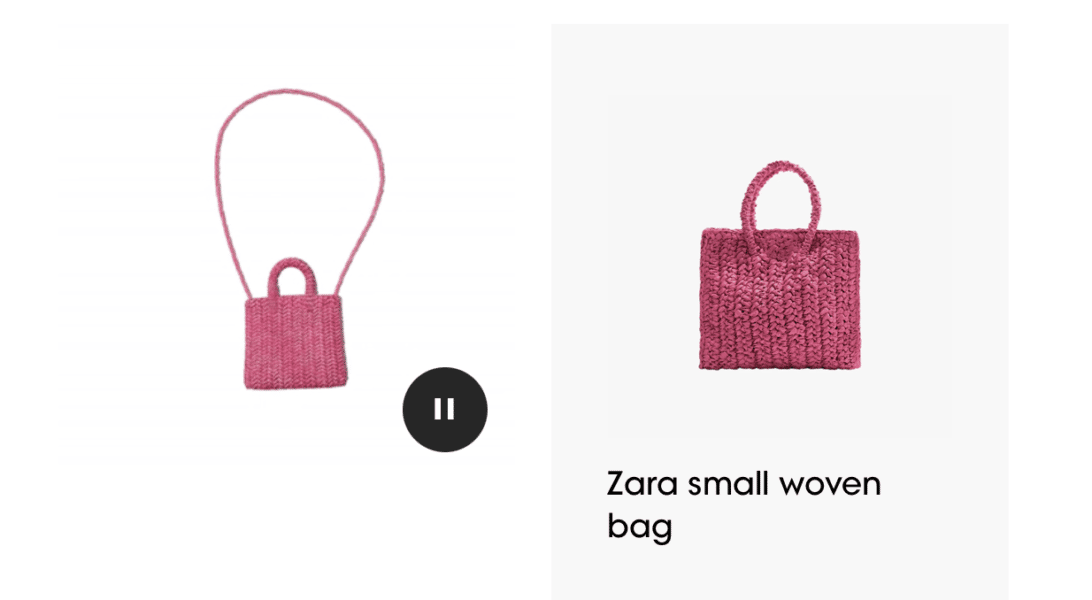Ah, the prospects of new inventions. What a joyful feeling. Companies are excited about the potential they bring, and marketers are hopeful about new ways of connecting with their clients.
This season’s hot commodity is metaverse.
I mean, it’s so hot that companies like Facebook are rebranding themselves and putting building it as their main objective!
In October 2021, the social media giant changed its name to Meta and announced its new business goal ––”bring the metaverse to life and help people connect, find communities and grow businesses” by building The success of the company’s shift is yet to be determined, as processes like this take time. But this move has definitely brought more attention to the metaverse and its prospects to much bigger audiences than before.

Let’s see how companies are using the metaverse to create new products and better engage with customers and users.
Microsoft
In May this year, Microsoft announced that “the metaverse is coming” and introduced its own concept of the virtual world, which will largely be used for the company’s Teams platform.
The tech giant mentioned that the metaverse has different interpretations and ways/tools to be expressed through. It also noted that the virtual world can help with inclusivity and accessibility, addressing the issues of remote work and the shortage of employees (following the 2022 Great Resignation).

Image: Courtesy of Microsoft
Microsoft stressed that the main difference of their metaverse from their competitors is that the security aspect is at the forefront of everything — “that’s at the cornerstone of everything we do,” the company’s CVP for Industry, Apps, and Data Marketing, Alysa Taylor, said during Microsoft Build 2022, where it also demonstrated a Teams avatar – a technical possibility the Teams has.
In terms of security, Teams’ metaverse has safety bubbles, automatic mute, and has eliminated free-roaming open spaces. “In the metaverse, fraud and phishing attacks targeting your identity could come from a familiar face – literally – like an avatar who impersonates your coworker, instead of a misleading domain name or email address,” which can be eliminated by the virtual technology.
Zara
An international retail giant introduced its metaverse collection called “Lime Glam.” The collection will allow customers to wear different outfits in a visual playground supported by Zepeto, a virtual world platform that had previously collaborated with another fashion retailer, Gucci.


Image: Courtesy of Zara
The collection consists of eight designs – from tops to bags. The outfits are available for purchase in both the metaverse in real life. The brand also introduced a line of beauty products, also available in both realms, so customers can stay beautiful online and offline (and use more Zara’s products, of course).
Starbucks
Spring has proven to be rich in digital reality initiatives, with Starbucks being among the companies to jump on the metaverse bandwagon.
The company co-founder and a returned CEO, Howard Schultz, announced the company’s intentions to build its metaverse called The Third Place along with an NFT collection.
The Third place is described as “a place between home and work” – a digital community where Starbucks’ customers and employees can collaborate, share experiences, and ownership. Starbucks claims this initiative will also help them support their commitment to sustainability.
“We plan to start with our first NFT collection, membership and community later this year, based on coffee art and storytelling,” the company said. With the Third Place, the coffeeshops chain wants to increase the users’ engagement and incentivize their involvement with the brand with the growing competition from other coffee chain brands.






